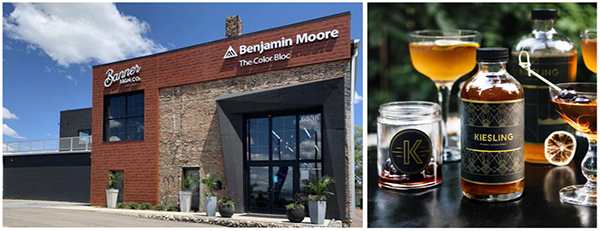Are you looking for a 10,000 square foot mansion? How about a Victorian home with turrets and gables? Perhaps a spacious turn of the century apartment is better suited to you? The North End has them all! Our community has some of the most diverse housing options in Detroit!
The Historic North End
The Historic North End is a community with rich foundational roots. It is a historical industrial district that is a sub-district within the larger historic North End neighborhood. Milwaukee Junction was the heart of the early automobile industry in Detroit. It is the home of the original hand-made automobile, The Model-T Ford. Although most industrial uses have left the area, it has metamorphosed to now include new lofts, restaurants, design firms, art galleries, and offices.
The North End business district also has a deep musical legacy and cultural heritage. The North End is the birthplace of the Techno music genre and home to the first Techno Museum in the United States. Oakland Avenue was the North End’s main commercial avenue. World renowned musicians performed here in famous bars/night clubs, including musical icons such as Etta James, George Clinton, James Brown, and The Temptations. Today, the district is still attracting artists and musicians. These roots are still present in the form of the Tangent Gallery, Electric Studio, murals and other art, music, spoken word, and cultural organizations.
North End/Milwaukee Junction has stood the test of time with over 1000 jobs in our business community. We are still rich in manufacturing, construction, healthcare industries along with various technical services, and non-for-profit businesses.
North End/Milwaukee Junction is close to several large employers and institutions, including Wayne State University, Henry Ford Health System, the State of Michigan, College for Creative Studies and Tech Town. It is a historic industrial neighborhood in Detroit, nested between the North End, New Center, and Midtown.





